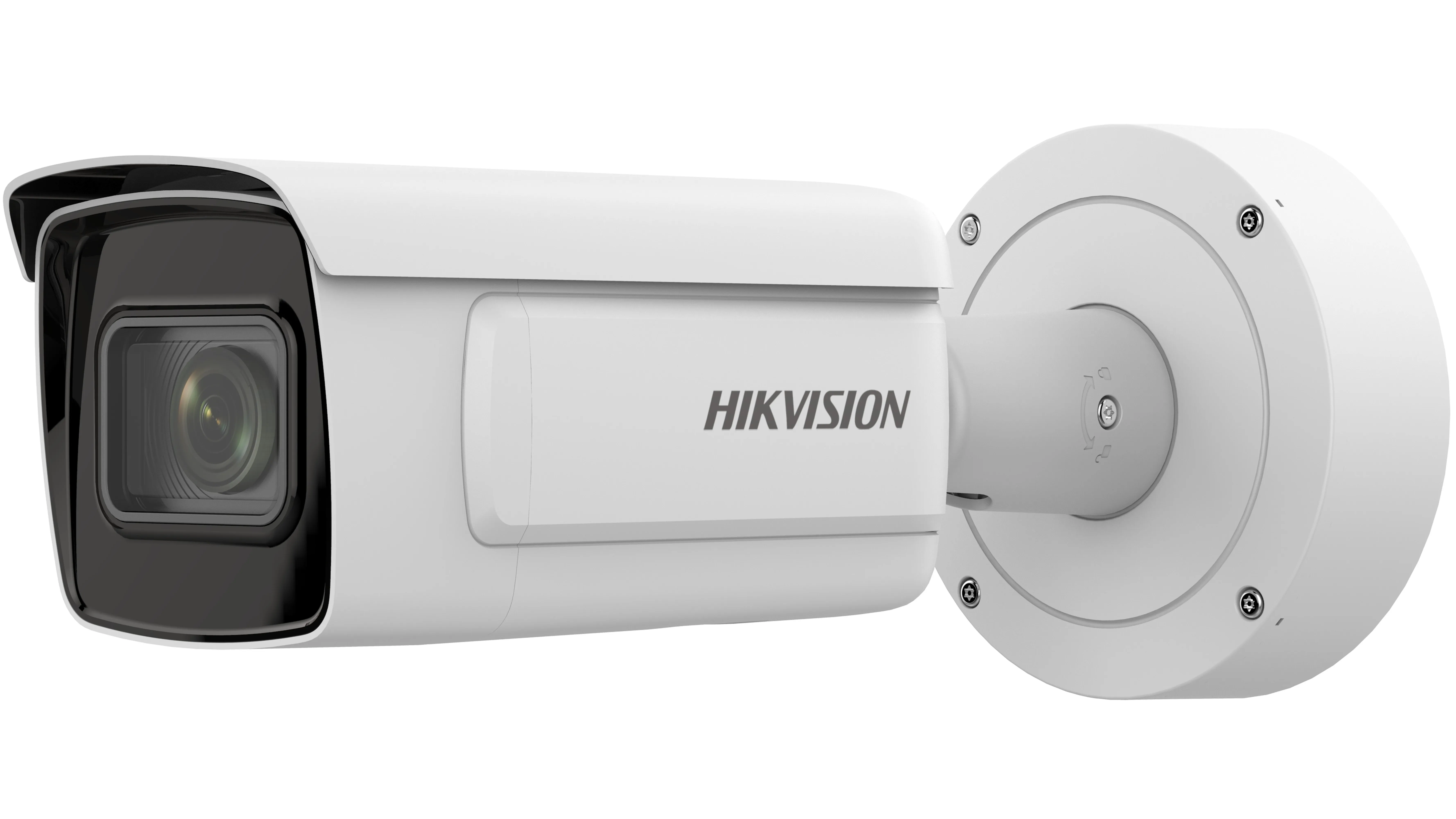US-based software developer CrowdOptic and business and training company Futton are to implement CrowdOptic’s live-streaming solution on smartglasses, complete with license plate recognition, for the Ministry of Traffic in China. In addition, Futton has initiated testing of CrowdOptic’s solution for situational awareness and anomaly detection for use by the Ministry of Traffic and other police departments.
The live-streaming and licence plate recognition capabilities are being deployed on smart glasses,
November 29, 2016
Read time: 2 mins
US-based software developer CrowdOptic and business and training company Futton are to implement CrowdOptic’s live-streaming solution on smartglasses, complete with license plate recognition, for the Ministry of Traffic in China. In addition, Futton has initiated testing of CrowdOptic’s solution for situational awareness and anomaly detection for use by the Ministry of Traffic and other police departments.
The live-streaming and licence plate recognition capabilities are being deployed on smart glasses, including Google Glass, as well as on CrowdOptic Eye, CrowdOptic’s own standalone live-streaming device.
Futton is currently testing CrowdOptic’s situational awareness and anomaly detection capabilities, powered by CrowdOptic’s patented focal clustering algorithms, through the use of FieldApp, CrowdOptic’s public-facing mobile app that allows for the use of its technology to track points of interest for the purpose of surveying, field estimation, and geo-coordination activities. It says these capabilities represent the next phase of production in China, in addition to the live-streaming and licence plate recognition solution already implemented, for Ministry of Traffic and other police departments.
The live-streaming and licence plate recognition capabilities are being deployed on smart glasses, including Google Glass, as well as on CrowdOptic Eye, CrowdOptic’s own standalone live-streaming device.
Futton is currently testing CrowdOptic’s situational awareness and anomaly detection capabilities, powered by CrowdOptic’s patented focal clustering algorithms, through the use of FieldApp, CrowdOptic’s public-facing mobile app that allows for the use of its technology to track points of interest for the purpose of surveying, field estimation, and geo-coordination activities. It says these capabilities represent the next phase of production in China, in addition to the live-streaming and licence plate recognition solution already implemented, for Ministry of Traffic and other police departments.










